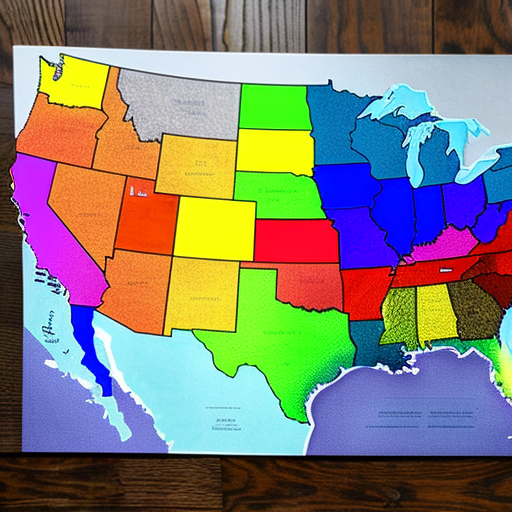The perception of an object as distinct from its surroundings is an important concept in psychology, especially when it comes to how humans perceive the world around them. The ability to distinguish between an object and its surroundings is known as figure-ground perception.
Figure-ground perception is the process by which the brain separates objects from their environment, and allows us to focus on one at a time. It is important for understanding the world around us, as it allows us to recognize and distinguish between objects. For example, it allows us to recognize a house from its surroundings, or to distinguish between a face and a background.
Figure-ground perception is an essential part of visual perception, and is also related to perceptual constancy. Perceptual constancy is the ability to recognize an object despite changes in its size, shape, brightness, or other visual characteristics. This is important in allowing us to recognize objects as they appear in different contexts or environments. For example, if we recognize the same house in different lighting or from different angles, it is thanks to perceptual constancy.
Another related concept is perceptual set. Perceptual set is the tendency to perceive a certain type of object in terms of previously experienced objects. It refers to the process by which we use our previous experiences to help us interpret and understand new situations. For example, if we have seen a bird before, we can more quickly recognize a new bird by comparing it to our previous experience.
In conclusion, figure-ground perception, perceptual constancy, and perceptual set are all important concepts in understanding the perception of an object as distinct from its surroundings. Understanding these concepts can help us gain insight into how we process and interpret the world around us.

